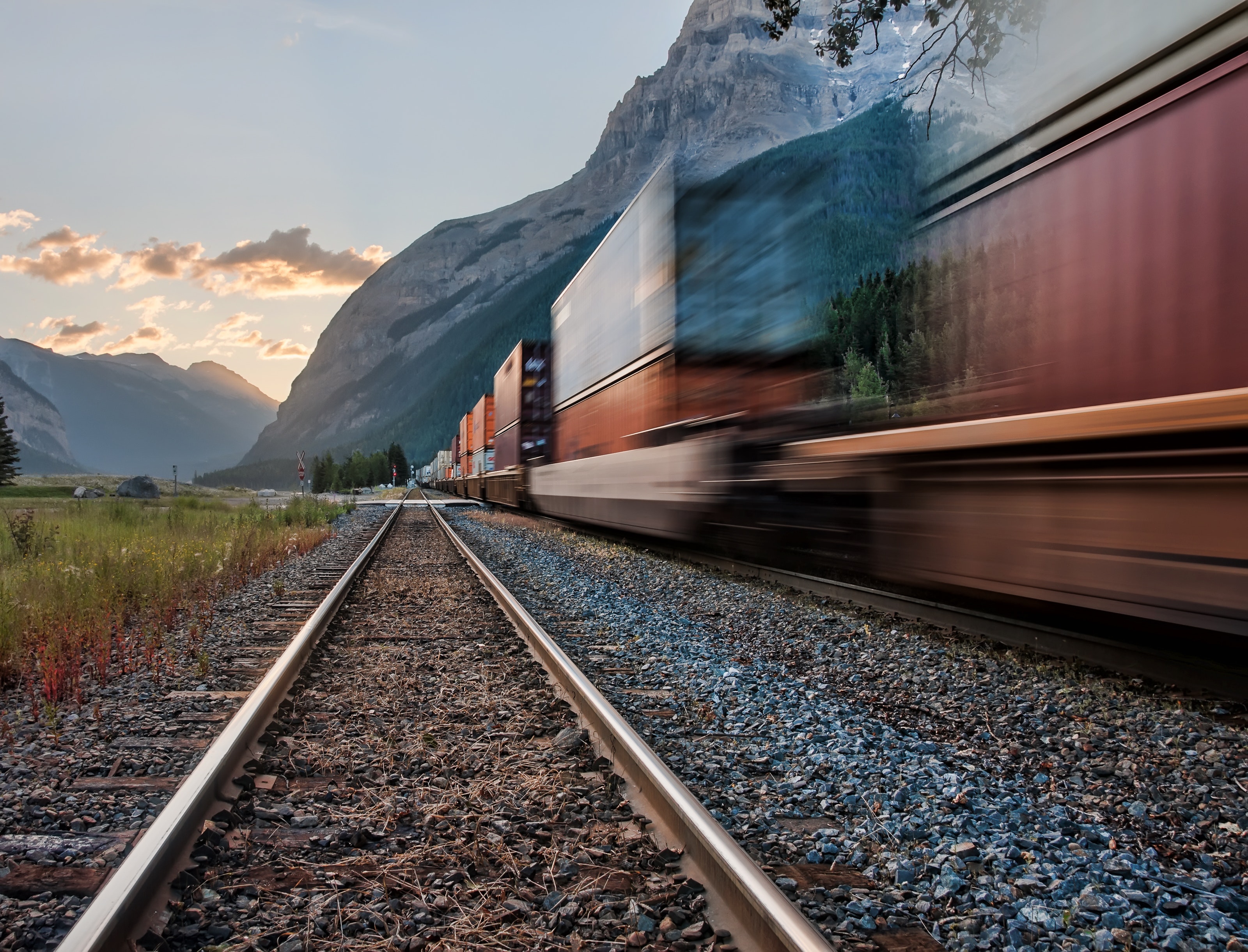(Continued from last week)
Whose railcars?
After determining the type of railcar needed, the shipper needs to determine whose cars to use. It’s helpful to first understand the landscape of the freight car industry and who owns the equipment.
There are approximately 1.65 million railcars currently in use across the North American rail market. There has been a shift of railcar ownership from railroads to shippers and lessors. As railroads are more focused on capital investment of infrastructure instead of rail equipment, they now own only about 16% of the railcars in service. Meanwhile, shippers and lessors own about 18% and 56% of the railcars, respectively. TTX, privately owned by North American railroads, functions as the industries' railcar cooperative and owns the balance (10%) of the railcars in service.
The availability of railcars fluctuates just as the price of the commodities and goods that get loaded into them. Moreover, the supply and demand picture for each of the rail car types may look dramatically different at almost any given time. Regardless of market conditions and other external factors, shippers generally have three primary options for sourcing railcars.
- Order railcars from the railroad (one time use)
- Lease the railcars (~ 2–10-year use)
- Purchase the railcars (~ >10-year use)
Developing and executing on a plan around not only sourcing but also managing railcars can be complex. There are pros and cons to using railroad equipment, leasing railcars, and purchasing railcars. There is no one-size-fits-all strategy and further discussion on this topic warrants an article on its own. However, a few of the many factors for choosing the best rail fleet strategy include:
- Estimated weekly, monthly, and annual rail shipment volume
- Current and future availability of equipment
- Long-term capital investment tolerance
- In-house expertise to manage a fleet of railcars
- Willingness to outsource some or all of the fleet management responsibilities
Are there railroad tracks at the shipment origin and destination facilities?
If the origin and destination facilities are rail-served, a major hurdle is cleared. If one or both of the facilities aren’t rail-served, there are options. Two of them are to locate an existing facility or build a new one. Most railroads have departments, often called Economic Development or Industrial Development, that guide companies through the entire rail site selection process. If an investment into a new or existing facility isn’t feasible or access to rail in a specific market is needed more on a short-term basis, shippers can still take advantage of the economic benefits of shipping by rail through a team or leased track from a railroad, or through transloading.
Team track or leased track from railroad:
A team track is any track designated by a railroad for customers to use to load or unload shipments when direct rail service is unavailable. Team tracks are intended for occasional business use and customers typically enter into an agreement with the railroad to utilize the track and adjacent loading area.
Transloading:
Thanks to transloading, shippers who don’t have a rail-served facility can still take advantage of the economic benefits of shipping by rail. Transload terminals can be found on nearly every railroad but not all are the same. They vary in size, car capacity, equipment and storage offerings, and commodity capabilities. Researching transload facility options and capabilities can be done through railroad websites or through an online rail logistics platform such as Commtrex.
Key factors for selecting a transload facility that provides maximum benefits should include evaluating the proximity of the terminal to receivers, pricing, serving rail carrier options, and services offered specifically to the commodity being shipped.
Determining what rail equipment to use and where to source it from, along with evaluating rail-served origin and destination options, are just a few first steps in the process to start shipping by rail.

